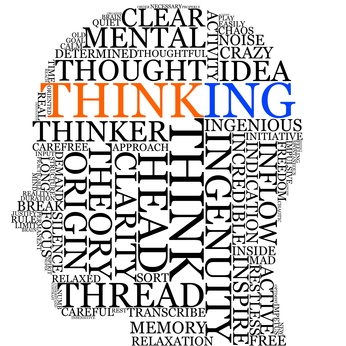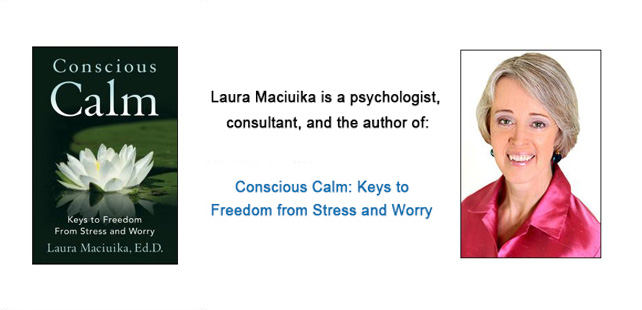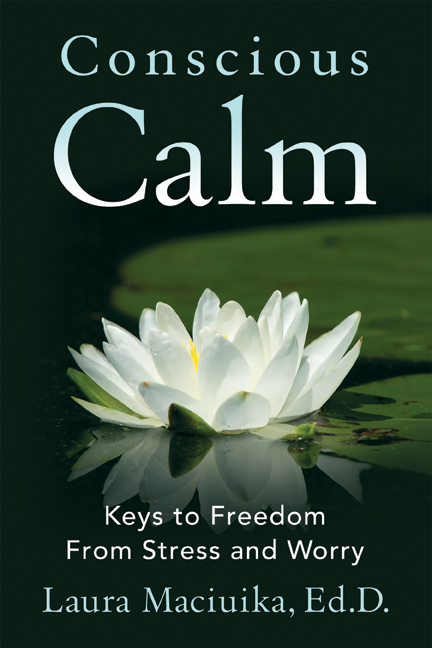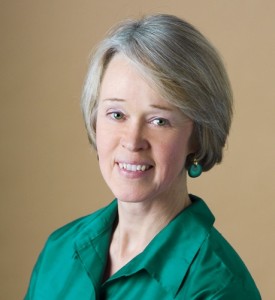 While some stress is needed for us to function at all, when we are feeling overwhelmed or exhausted from too much stress, chronic or toxic stress has built up, or even taken over. Understanding high, toxic stress calls for a change in where we focus our attention to deal with stress. Instead of focusing on the external causes of too much stress, or doing what I call “rearranging the furniture on the Titanic of my To Do list,” changing the direction from outward to inward can be key to dealing with stress in effective ways, and changing underlying patterns in our thoughts and feelings.
While some stress is needed for us to function at all, when we are feeling overwhelmed or exhausted from too much stress, chronic or toxic stress has built up, or even taken over. Understanding high, toxic stress calls for a change in where we focus our attention to deal with stress. Instead of focusing on the external causes of too much stress, or doing what I call “rearranging the furniture on the Titanic of my To Do list,” changing the direction from outward to inward can be key to dealing with stress in effective ways, and changing underlying patterns in our thoughts and feelings.
As we shift our attention from the To Do lists or external pressures or deadlines or challenging situations, we enter the realm of noticing our self talk and our underlying beliefs. How we speak to ourselves internally, and the often sub-conscious beliefs we hold about ourselves – these are often outside of most peoples’ conscious awareness. Changing this by deliberately listening better to ourselves, noticing patterns in our interaction with others, and paying attention to when emotions seem to spike in intensity, all offer clues to the “stress traps” we can fall into without knowing it when our attention is only focused externally.
One way we are learning more about how our beliefs hold such power over our lived experience is through the study of the “placebo effect.” This fascinating field examines how and why neutral, fake “medicines” that are usually sugar pills, can have such a strong effect on peoples’ experiences of pain or pain reduction, side effect symptoms, and improvement in various physical conditions.
The placebo response or placebo effect first came into more public view after research conducted in the 1950’s by a scientist who had worked as a nurse during World War II. After running out of morphine to give wounded troops, the nurse gave wounded soldiers sugar water as an injection – and was amazed to find that pain was reduced in many cases. He went on to publish the first study of the placebo effect in 1955, demonstrating that the expectation people have from outside makes a difference in the effect, and that actually giving individuals a (sham) pill or (fake) injection was also needed for the effect to take place. This suggests that people’s expectations of getting better play a large part in triggering the body and mind’s response to pain.
More recently, a study was conducted demonstrating that patients’ beliefs and expectations could override the effects of a pain reducing drug. In this case, healthy volunteers were put into an MRI scanner, with heat applied on one leg until it became uncomfortable or painful at around a 70 on a 0 – 100 scale. The investigators then started an opioid pain relieving drug intravenously, without telling the subjects. Their pain levels went down slightly. However when the subjects were then told they would now start receiving a drug for pain, their pain levels reduced even further and more dramatically. Finally, subjects were told the pain medication was being stopped, although the pain medication continued to be administered at the same level – and most subjects reported pain levels going up dramatically.
Again, the power of expectations, or beliefs about our experience, are shown to have a great potential effect on our experience. This has to do with the meaning we make of our experiences – the stories we tell ourselves about what something means, whether positive or negative.
Interestingly, another study examined unconscious beliefs and their effects on both placebo and nocebo (or negative effects from sham or non-existent medicine). In this case, participants saw flashing images of faces in more or less pain, and this affected their reporting of their own pain levels with heat stimulation in predictable ways: those who saw images of people in pain reported higher pain levels (nocebo effect), and those who saw images of people in less pain reported less pain themselves (placebo effect). However, when researchers then flashed similar images too quickly for the conscious mind to process, participants had very similar responses. This suggests that the placebo and nocebo effects do not rest on our logical, conscious judgment, but rather have more to do with less conscious internal processes and beliefs.
Some of what explains placebo responses may have to do with context and relationship as well as expectations. It’s likely that doctors or healers in any tradition who take more time with patients are eliciting placebo responses, as demonstrated by recent research by a team studying the placebo (and nocebo) effects at Harvard.
This brings us back to our expectations and our beliefs. What we expect in a context can lead to beliefs and changes in our physiology – in other words, we activate the bio-chemical pharmacy we carry around with us at all times, more powerful than all of the pharmaceutical companies put together. And our prevailing attitudes and emotions also make a difference here – another study found that people who fall in the categories of resilient, altruistic, and straightforward had more of the placebo effect than those who were more hostile or angry.
Where we put our attention, the expectations we hold, and above all the meaning that we make of a situation, either consciously or unconsciously, deeply affect our experiences. In dealing with chronic stress, we can apply this knowledge of beliefs, expectations, and awareness to help with stress relief. As we bring more of those expectations and attitudes to light, and listen to our internal self talk and the meaning we are making of our experiences, we can end up with more control and choice in dealing with stress, and in choosing greater calm and control.
Dr. Laura Maciuika is a psychologist and the author of Conscious Calm: Keys to Freedom from Stress and Worry




